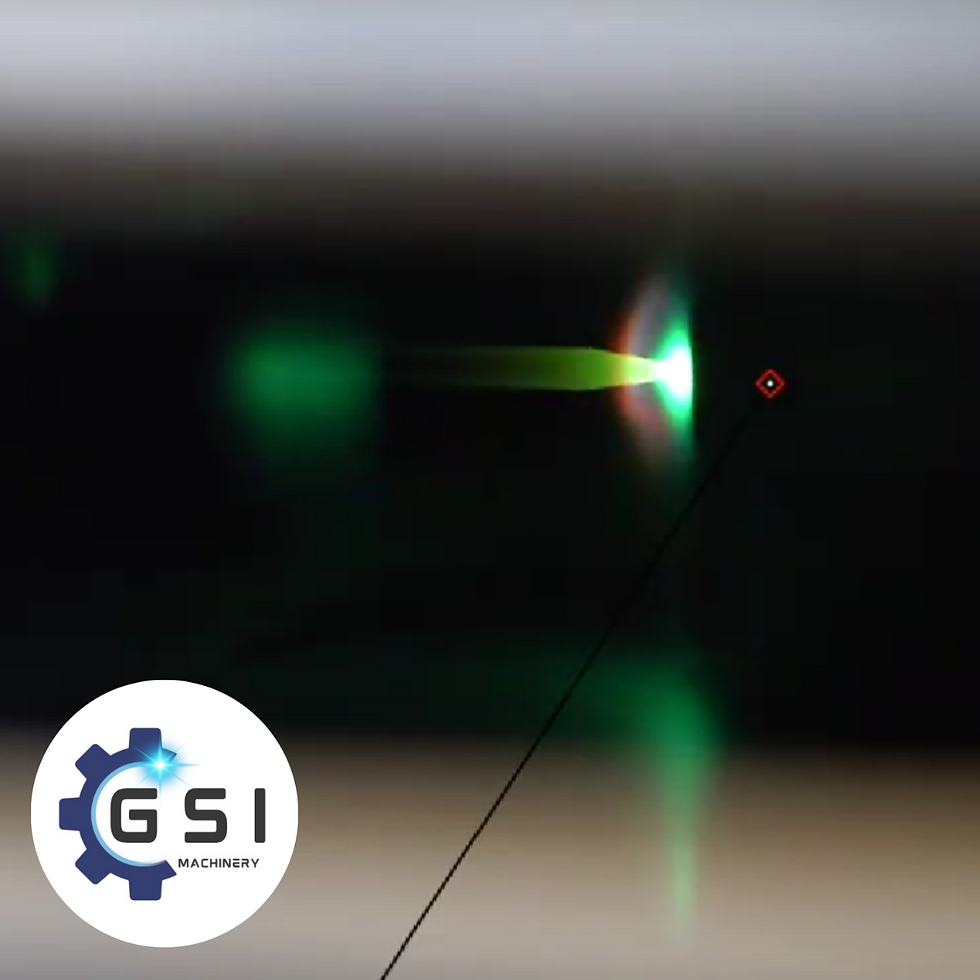Understanding ASME, TEMA & API Codes
- George Ficken

- Jun 13, 2022
- 3 min read
Standards and processes are at the core of every business. From internal operating procedures to federal regulations, there are many different types of standards a company must follow in order to be successful. Therefore, it’s important to know how to identify what standards impact your business and how to adopt them.

Common Industry Standards
While every industry has its own set of standards, the general purpose is to ensure quality, consistency, and public safety. When it comes to design, fabrication, or maintenance of a heat transfer vessel, there are several different types of standards that apply to each phase of production. While not all standards are legally required, many manufacturers adopt them to stay up to date on industry trends and to maintain a competitive edge in the marketplace. This has become more common in recent years, as most end users are requiring code compliance to certify that their processes are safe and reliable. Some of the most common industry standards for heat transfer vessels are ASME, TEMA, and API. Each of these organizations maintains their own set of strict guidelines and are internationally recognized as knowledge experts across many industries. Thus, it’s important to understand what these organizations are, the types of standards they set, and what role they may play in your organization.

ASME
The American Society of Mechanical Engineers (ASME) is a professional engineering organization with the mission to advance engineering and technology for public interest. Founded in 1880, ASME set the standard for boiler and pressure vessel codes, many of which have since been adopted into law throughout the United States and Canada. Today, ASME covers the design, fabrication, and construction of new pressure vessels, most commonly boilers. These guidelines are required in new vessel construction for a vessel to be code stamped as ASME compliant. Examples of ASME code in tube tool applications are boiler tube projections, drilling of tube sheet holes, and strength weld procedures. ASME also provides best practices for boiler tube installation and the expansion process.
TEMA
Tubular Exchanger Manufacturers Association (TEMA) is a trade association made up of shell and tube heat exchanger manufacturers. Founded in 1939, TEMA manufacturers collaborate to identify, research, and develop innovative approaches to heat exchanger applications.
TEMA is often used by fabricators in the construction of new shell and tube heat exchangers. To become a member of TEMA, a company must have at least 5 years of manufacturing and design experience, along with meeting other high standards. These standards ensure that quality and consistency is maintained between manufacturers and only once approved, can a manufacturer mark a vessel as TEMA compliant. An application where TEMA would apply is wall reduction percentages or expansion targets for various tube materials.
API
American Petroleum Institute (API) represents most of America’s oil and natural gas industry. Since 1919, API has developed hundreds of standards that are recognized by state, federal, and international regulators to enhance safety. API sets requirements and provides recommendations for the design, manufacture, and handling of shell and tube heat exchangers, used in the oil and gas industry. These standards are a combination of unique API guidelines, as well as a reference to existing ASME and TEMA specifications.
What Standards To Follow Ultimately, design standards are going to be set by your organization and driven by end customer requirements. In general, ASME is followed for legal compliance and code stamping, as it pertains to pressure vessels in general. It’s the broadest set of guidelines, as it can be applied to many different applications, such as boilers, chillers, heat exchangers, etc.
TEMA on the other hand, is a more practical manufacturing guideline for the design and fabrication of shell and tube exchangers. It addresses things like nomenclature, tolerances, and tube sheet design. While there is overlap with ASME code, TEMA has a more specialized application and is followed by both manufacturers and end users. Lastly, API guidelines reference both standards above, while providing additional guidance for end users in the oil and gas industry.
Overall, industry standards are in place to ensure quality, consistency, and public safety. Although many of these guidelines are not legally required, manufacturers are adopting them to stay competitive in a growing marketplace. Understanding what these organizations are and the standards they set can help benefit your organization too.









